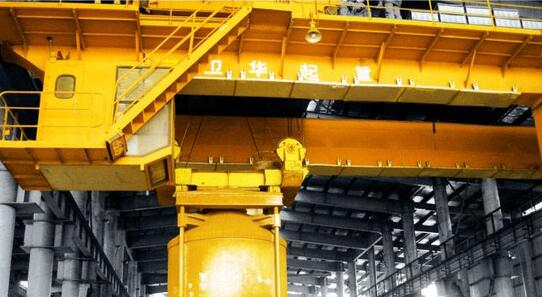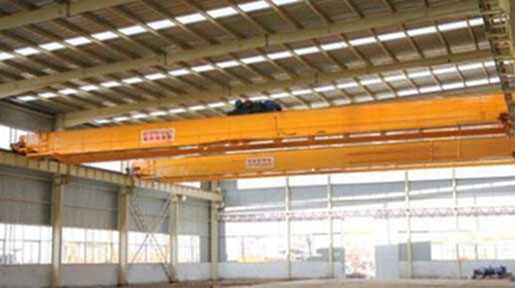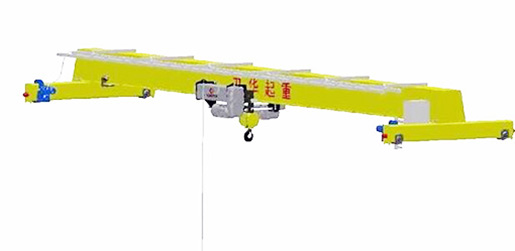When you hear people talking about overhead cranes, you may not be exactly sure what they mean – especially if you aren’t familiar with all of the different kinds of cranes that are out there.
By definition, overhead cranes are special industrial cranes that are made up of several different components including a bridge, hoist, and trolley. Because of the way that these cranes are designed, they are also sometimes referred to as bridge cranes.

The best way to understand how they work is by taking a closer look at their overall design. One of the primary components of an overhead crane is the bridge. This is a beam that spans the length between two points.
With some overhead cranes, the beam is connected on two opposite walls of a building, with the beams spanning the entire with of the building. With other overhead cranes, the beam is mounted between two freestanding legs. Overhead cranes that are mounted on legs rather than being attached to the building are known as gantry cranes.

With building-mounted overhead cranes, each end of the beam is attached to a runway that allows the beam to move from the front of the building to the back of the building. This carries the beam over the entire floor of the building. With gantry cranes, on the other hand, there are usually wheels attached to the base of the legs that make it possible for the crane(grua posible suspendida) to be moved forward or backward over the object that needs to be lifted.
Attached to the beam, there is a device known as a trolley. This device travels back and forth from one end of the beam to the other. It carries the hoist along with it. To use the crane, the crane operator first positions the bridge over the area where the object that needs to be lifted is located. They then move the trolley back and forth along the beam until it is located directly above the load. The hoist is then attached to the load using a hook. At that point, the crane operator(operador de grúa pequeño) can raise the load up above the ground and use the controls of the crane to move it to another location before lowering it back down.

Now that you have read the basic definition of overhead cranes, you should have a better idea of how they work. They are different than a lot of other types of cranes in that they don’t have arms that move freely around. Instead, their bridge-like design allows them to be positioned directly over the object that needs to be moved. The object can either be moved by shifting the position of the trolley along the length of the beam or by moving the entire beam along the runways on either side of the building.
With a gantry crane, on the other hand, the crane itself can also be moved to different locations using the attached wheels. In some cases, these cranes are also mounted on rails, allowing them to be moved even if they are carrying exceptionally heavy loads.
Want to know more about weihua overhead crane? /www.weihuapuentegrua.cl/